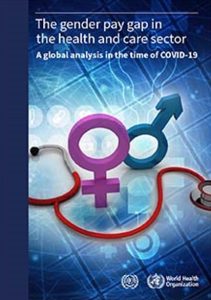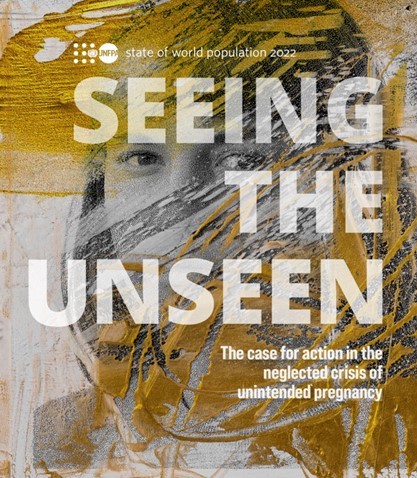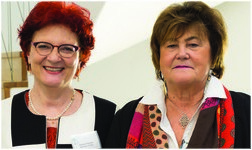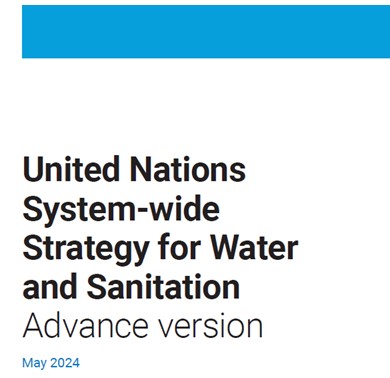The Gender Pay Gap in the Health & Care Sector: A Global Analysis in the Time of COVID-19

https://www.ilo.org/global/publications/books/WCMS_850909/lang–en/index.htm
Direct Link to Full 160-Page 2022 Report:
This report was co-developed by the International Labour Organization and the World Health Organization. COVID-19 has shone a light on the critical importance of health and care workers, who were applauded and celebrated. It also laid bare the extent of inequalities workers in this highly feminized sector have been facing for decades. Notable among these inequalities is a Gender Pay Gap. It is for this reason that the International Labour Organization and the World Health Organization co-developed the first ever global sectoral gender pay gap report.
This report is launched at the 2022 HLPF side-event with an aim to drive commitment to integrated policy action on improving gender equality, decent work and economic growth and good health and wellbeing. In particular, the report shows that whereas the health and care sector remain a major source of employment for women worldwide (they represent 67 per cent of workers in the sector), women nevertheless suffer a double jeopardy: average earnings in the sector are lower than other sectors, and a 24 per cent gender pay gap, which is, on average, higher than in non-health sectors.
Men are overrepresented as top earners in the health and care sector with a clear generational gap that requires addressing through public policy that brings about a gender balance in occupations within the sector. However, this would not be enough to eliminate the gender pay gap in the sector: Much of the gender pay gap in health and care remains unexplained by those labour market attributes that in practice should be the sole wage determination factors. Among women in the health and care sector there is evidence of a motherhood gap.
Finally, it is important to emphasis that COVID-19 disproportionately affected workers at the low end of the pay scale, most of whom are women, including affecting women in the health and care sector. Clearly, interconnected and intersectoral policies and strategies are needed to close the gender gaps that prevail today in the health and care as a universal outcome across countries.
Извор: WUNRN – 16.07.2022



